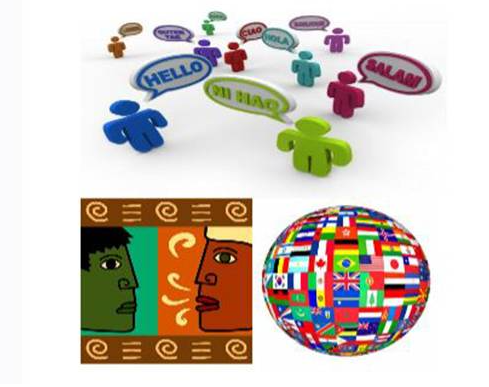Evolution, the fundamental process that has shaped the diversity of life on Earth, is a captivating story of adaptation, survival, and change. In this article, we embark on a journey through the intricacies of evolution, its mechanisms, evidence, and its profound impact on biology.

The Essence of Evolution
- Definition: Evolution is the process of genetic change in populations over successive generations. It drives the development of new species from common ancestors through mechanisms like natural selection and genetic mutation.
- Charles Darwin: Charles Darwin’s groundbreaking work, “On the Origin of Species,” laid the foundation for the modern theory of evolution. His insights into natural selection revolutionized our understanding of life’s history.
Mechanisms of Evolution:
- Natural Selection: The cornerstone of evolution, natural selection is the process by which favorable traits that enhance an organism’s fitness are passed on to subsequent generations, leading to the adaptation of species to their environments.
- Genetic Variation: Genetic mutations and recombination introduce diversity within populations, providing the raw material upon which natural selection acts.
Evidence for Evolution:
- Fossil Record: Fossils provide a window into the past, revealing the existence of extinct species. Not just that, but the transitional forms that link different groups of organisms.
- Comparative Anatomy: Similarities in the structures and functions of living organisms, such as the pentadactyl limb, provide evidence of shared ancestry.
- Molecular Evidence: Advances in molecular biology, particularly DNA sequencing, have uncovered genetic relationships and confirm the evolutionary links between species.
- Biogeography: The distribution of species across the globe can be explained by the historical movement of organisms and the separation of landmasses over geological time.
The Tree of Life:
- Phylogenetics: Phylogenetics is the study of evolutionary relationships between species, represented as a branching tree called the Tree of Life. It helps us understand how different organisms are related.
- Common Ancestry: All life on Earth shares a common ancestor, and the Tree of Life illustrates the diversification of life forms over billions of years.
Evolution’s Impact on Biology:
- Medical Research: Understanding evolution is vital in fields like medicine, as it helps us combat drug resistance and study the origins of diseases.
- Agriculture: Evolutionary principles are used to develop disease-resistant crops, breeding programs, and sustainable agricultural practices.
- Conservation: Evolutionary biology informs conservation efforts, helping us protect endangered species and preserve biodiversity.
Controversies and Misconceptions:
- Misconceptions: Evolution often falls to misunderstanding. Misconceptions about “missing links” or “random chance” persist.
- Religious and Cultural Perspectives: Evolution can be a point of contention in some religious and cultural contexts, with debates over creationism and intelligent design.
Conclusion
Evolution is the grand narrative that underpins the remarkable diversity and complexity of life on Earth. It provides us with insights into the past, present, and future of biology. From understanding the origins of species to shaping medical breakthroughs and conservation efforts. While controversies persist, the scientific consensus on evolution remains strong. This, illuminating the profound interconnectedness of all living organisms. Not only that, but the awe-inspiring journey that life has undertaken over billions of years.




